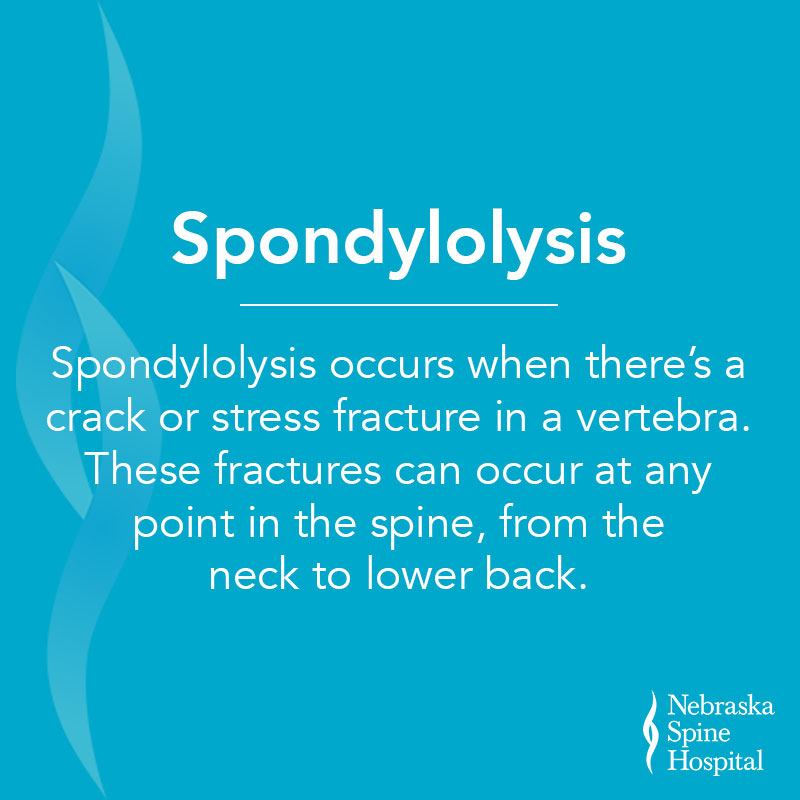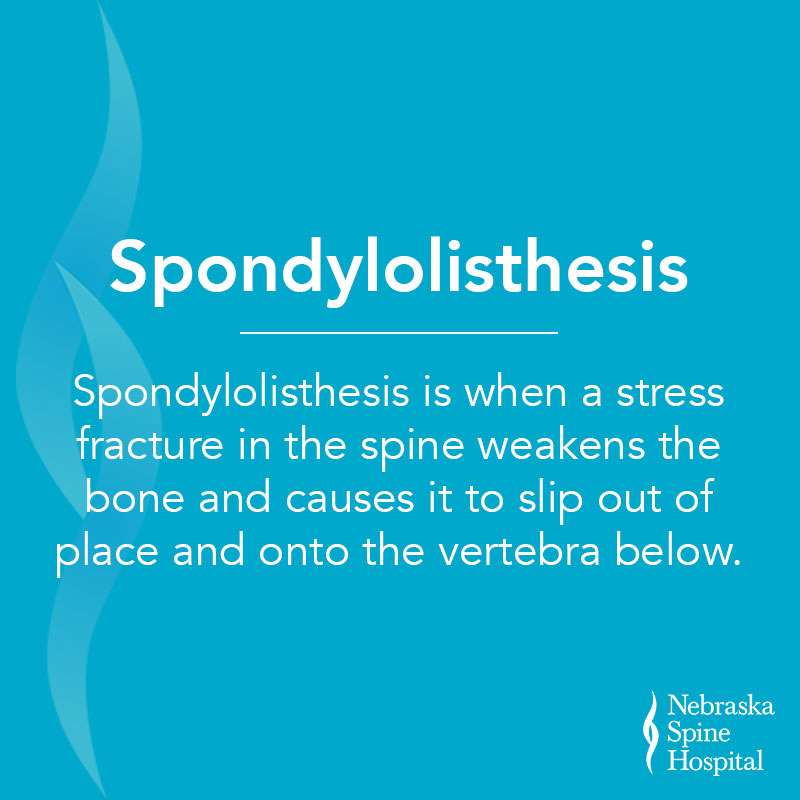Spondylolysis and spondylolisthesis are both very common spinal disorders – to the tune of more than 3 million cases of each every year. While these disorders can affect people of all ages, children and adolescents are most susceptible due to their developing spines.
What Is Spondylolysis?
Spondylolysis occurs when there’s a crack or stress fracture in a vertebra. These fractures can occur at any point in the spine, from the neck to lower back.
What Is Spondylolisthesis?
Spondylolisthesis is when a stress fracture in the spine weakens the bone and causes it to slip out of place and onto the vertebra below. This disorder commonly occurs during a growth spurt.
Spondylolysis and spondylolisthesis are very closely related. In fact, most cases of spondylolysis have some degree of spondylolisthesis. These disorders are most commonly seen in young athletes. Even middle and high school sports can create and exacerbate these conditions, especially when the adolescent chooses to focus on only one sport. This focus means the same injuries occur repeatedly.
You Might Also Like: Back Pain In Kids
Treatment Options
Luckily, the treatment of both spondylolysis and spondylolisthesis is conservative, with the largest aspect of treatment being patient education.
Our doctors will begin by instructing patients on lifestyle changes. These modifications, along with nonsteroidal anti-inflammatory drugs and physical therapy are extremely effective in managing the conditions. Our doctors may also suggest alternative therapies such as chiropractic, massage, or yoga. Spondylolysis and spondylolisthesis patients very rarely require surgery.
For one doctor at Nebraska Spine Hospital, these spinal disorders have had a significant impact on his life, career, and family:
“I went through this at age 19, and unfortunately also have two of my children with this condition. It’s an interest of mine that I have given credit to getting me into orthopedic surgery and into particularly spinal surgery as a motivation, and a portion of my career that has been devoted to this has been very high.” – Dr. Phillips
If you’d like to know more about spondylolysis and spondylolisthesis, watch this short video featuring Dr. Phillips.



